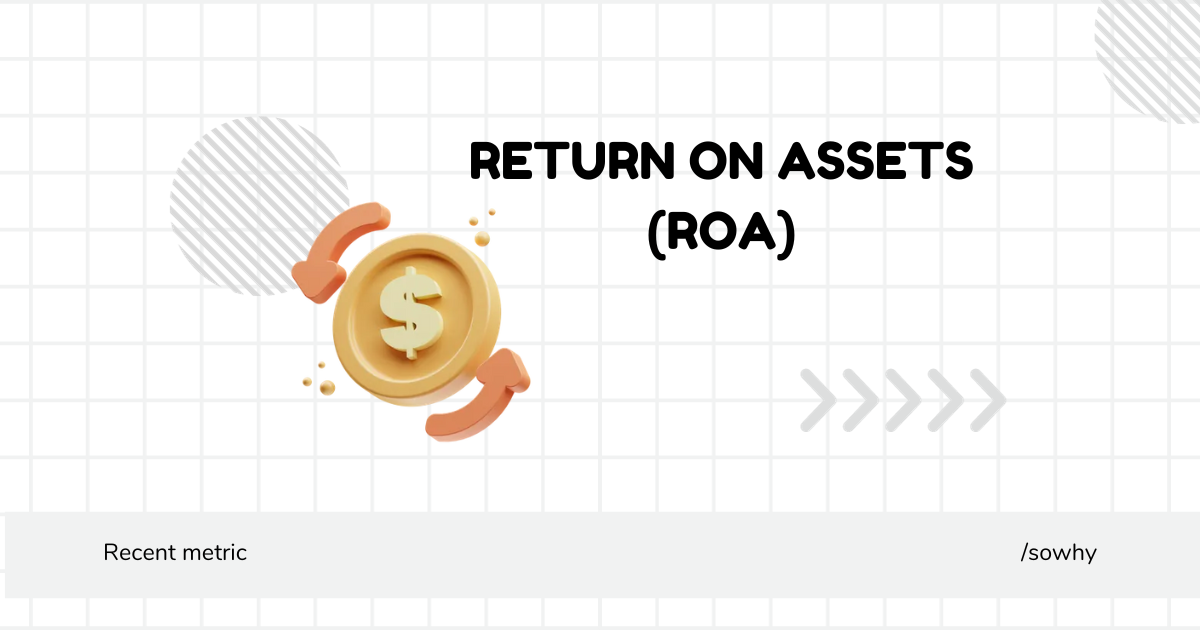Return on Assets (ROA)
 VinayC
VinayC
Hey financial explorers! 🚀 Today, let's embark on the journey of "Return on Assets" (ROA) – the financial GPS that tells us how efficiently a company transforms its assets into profit.
Formula: $$ {ROA} = \left( \frac{\text{Net Profit Last Year}}{\text{Average Total Assets in Balance Sheet}} \right) \times 100 $$
Imagine it as a treasure map, guiding us to the hidden gems in a company's balance sheet.
Scenario: Picture this at "GreenGrowth Gardens." Last year's net profit was $500,000, and the average total assets were $2 million.
$$ {ROA} = \left( \frac{500,000}{2,000,000} \right) \times 100 = 25\% $$
So, GreenGrowth Gardens shines with a 25% ROA, signifying they're turning every dollar of assets into a quarter of sweet profit.
Parameters:
- Net Profit Last Year: The company's ultimate reward for its efforts.
- Average Total Assets: The financial garden where assets bloom and contribute to the company's success.
Things to Remember:
- Efficiency Gauge: ROA is like a company's efficiency report card – higher is generally better.
- Asset Quality Matters: The type of assets can impact ROA; higher-quality assets often lead to a healthier ratio.
- Consistency Checks: Look for trends in ROA to gauge the company's financial health over time.
Best and Worst Values:
- Best Value: A higher ROA usually indicates effective use of assets.
- Worst Value: A declining or negative ROA might signal inefficiency or financial struggles.
✨ Fun Fact: The concept of ROA has been sailing the financial seas since the mid-20th century, helping investors navigate the waves of asset efficiency!
Subscribe to my newsletter
Read articles from VinayC directly inside your inbox. Subscribe to the newsletter, and don't miss out.
Written by
